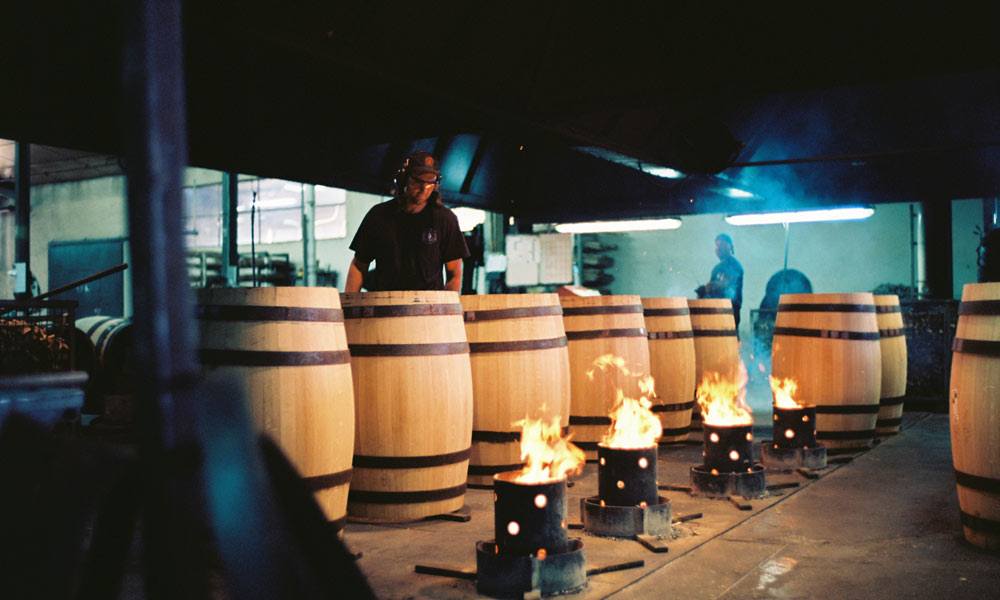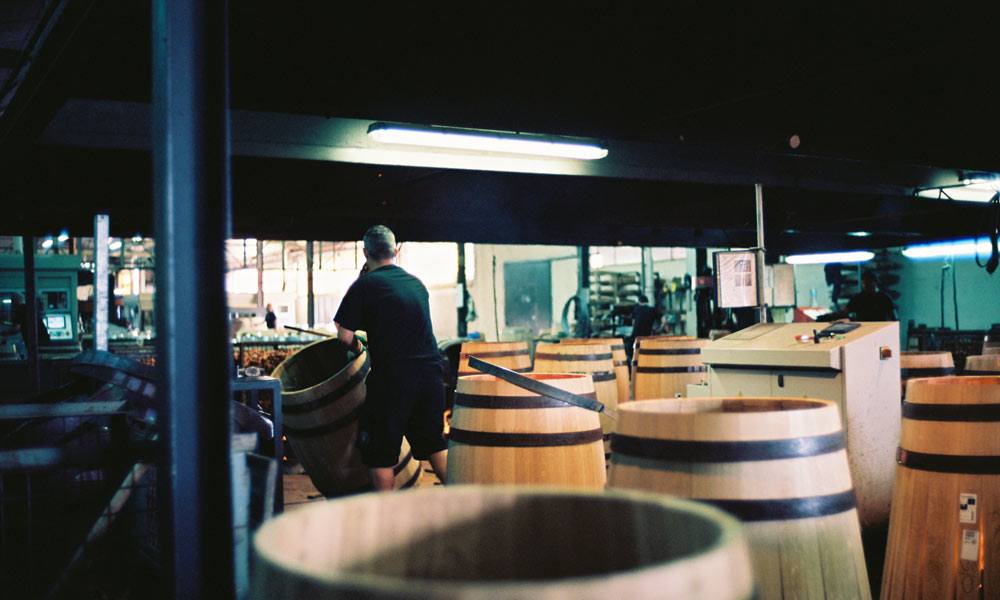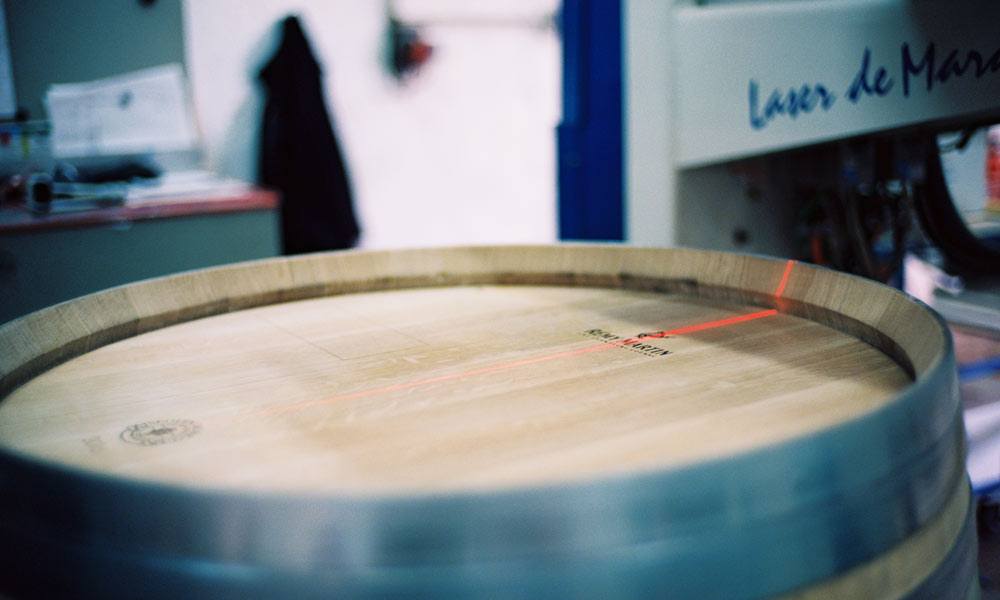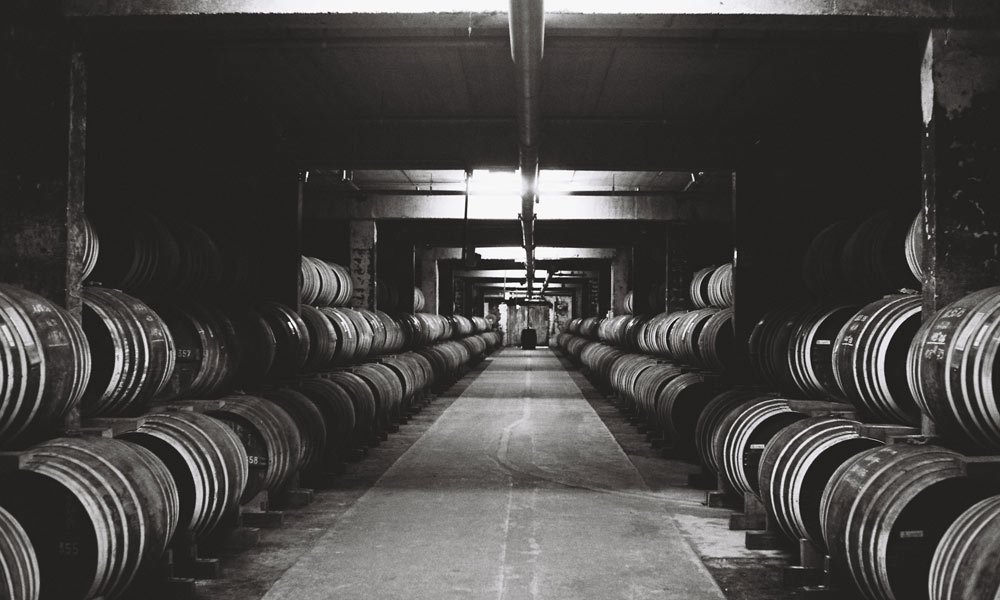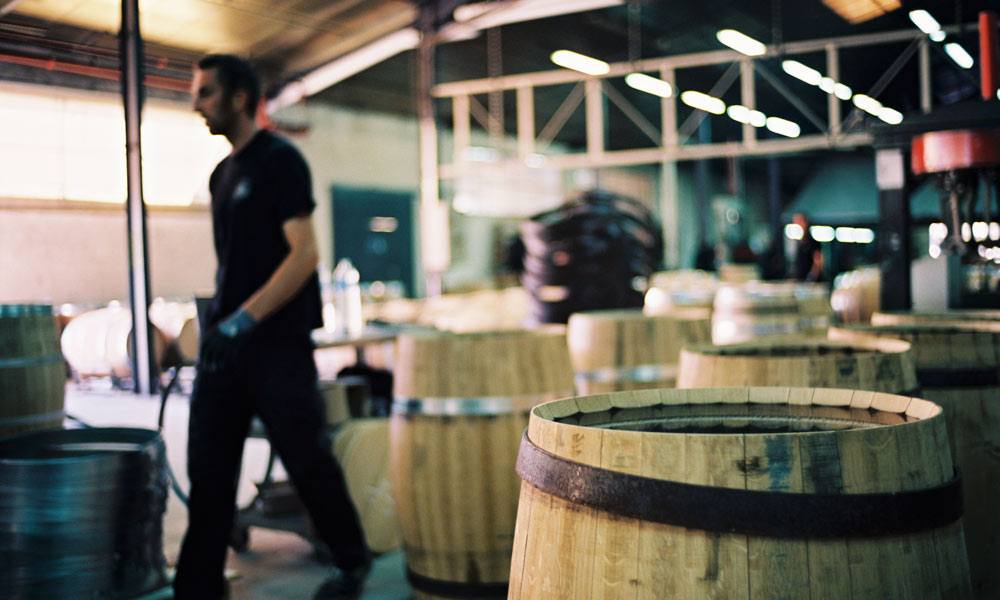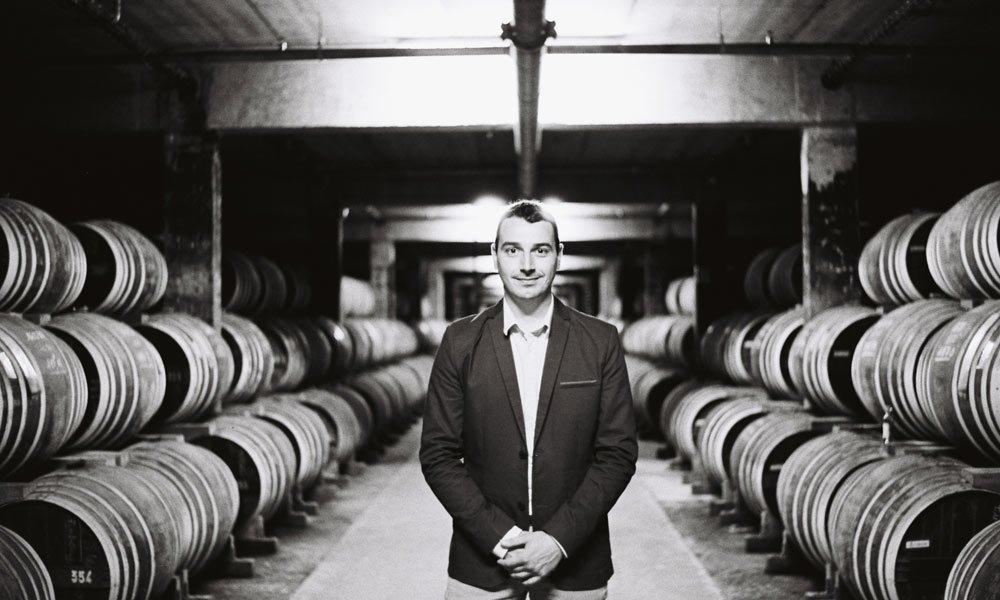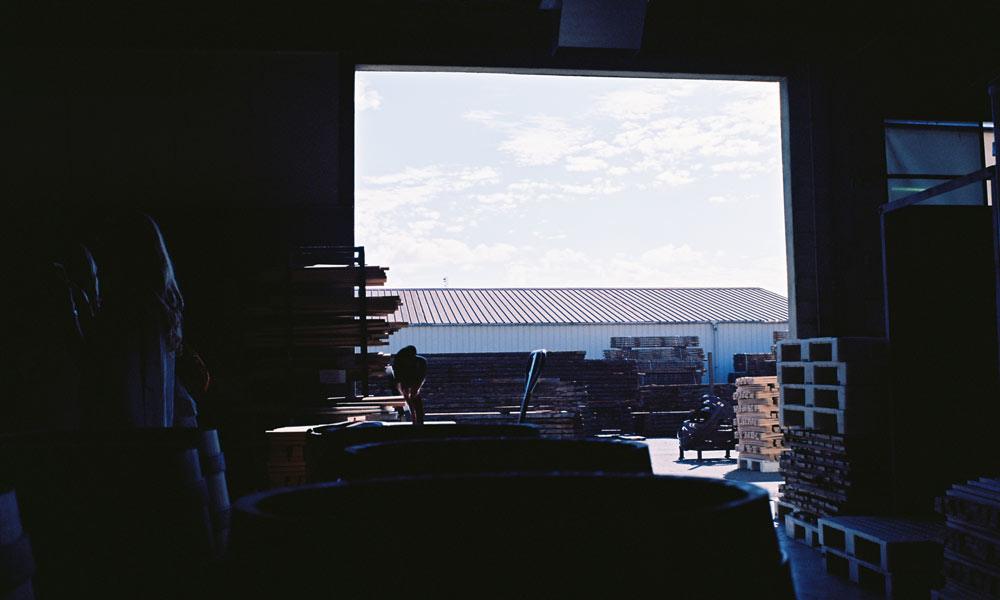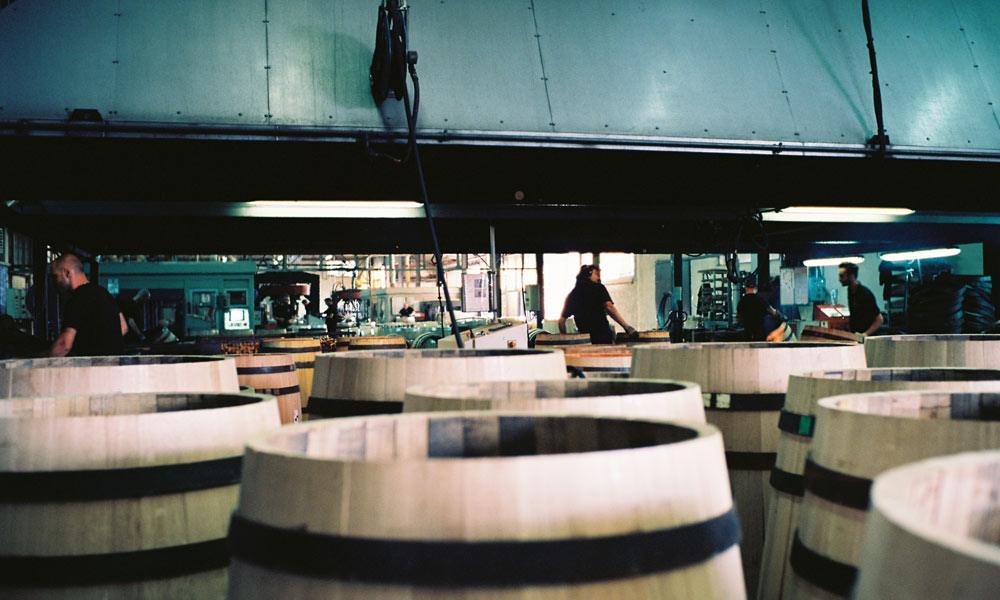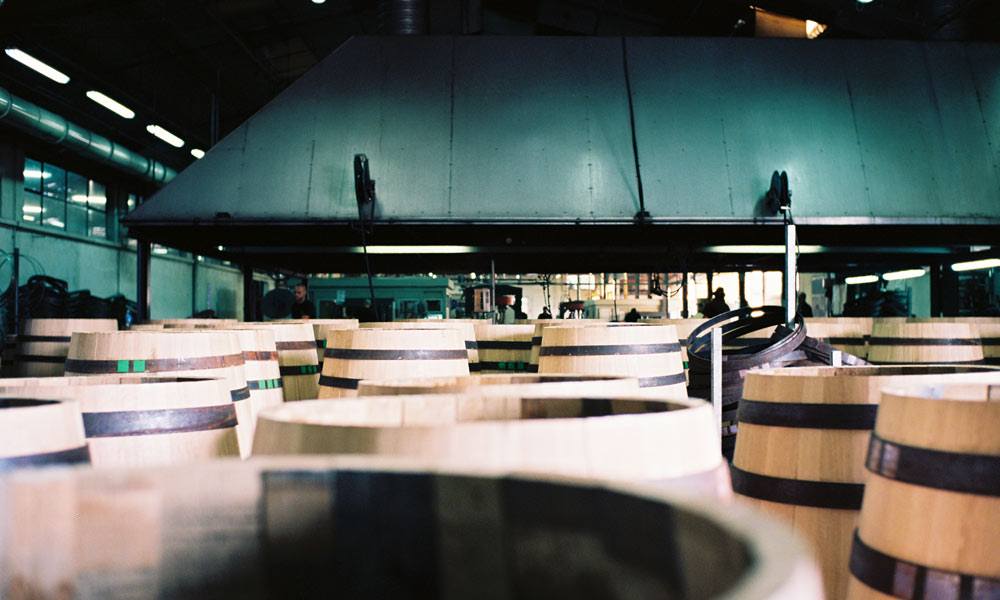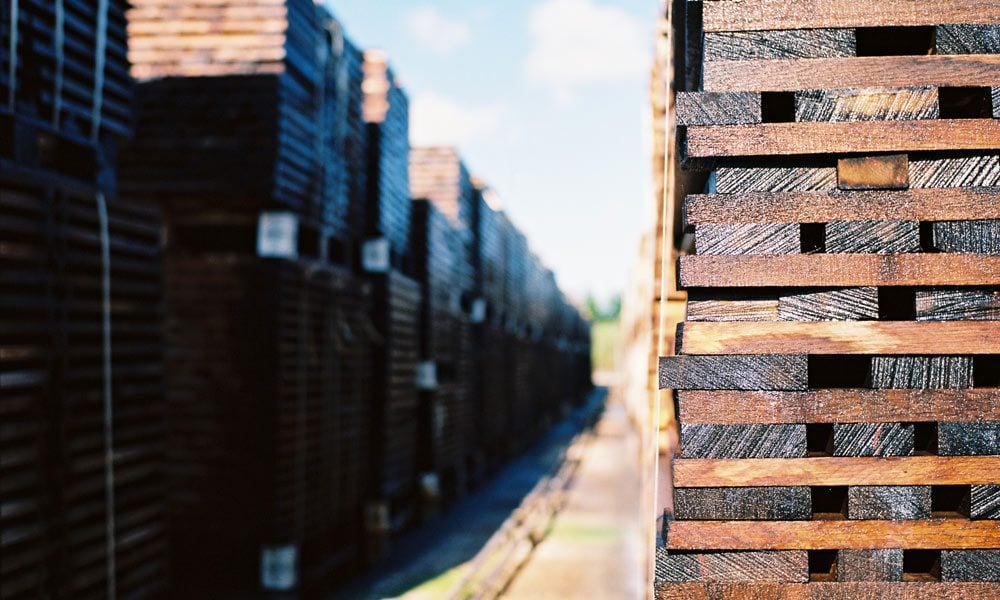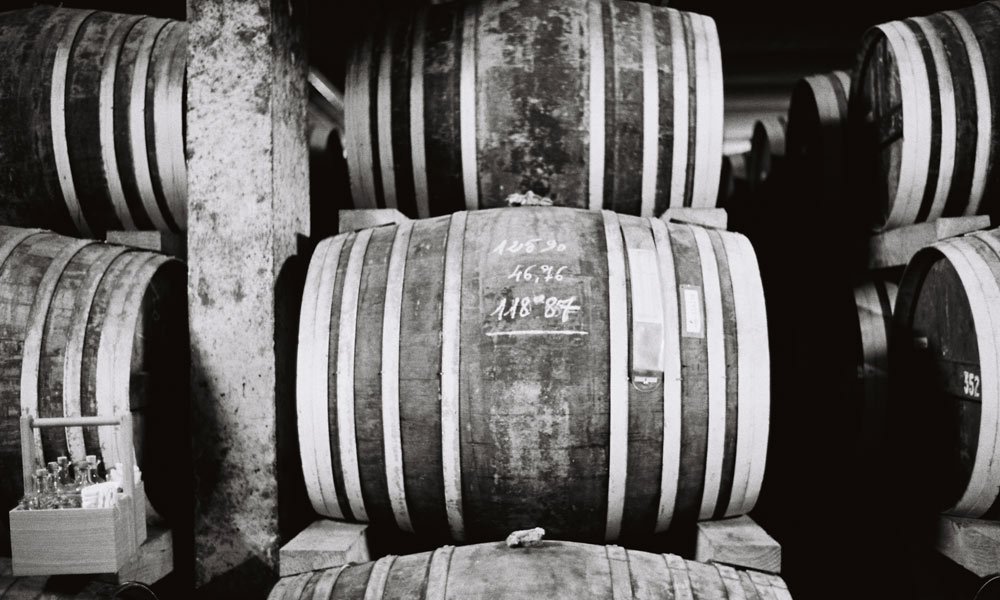Anyone who’s anyone in the world of cognac will tell you that, when it comes to quality, the most important difference between a good and bad finished product all begins with a solid eau de vie—the colorless, clear raw product that results from the distillation of white wine from the dry, acidic grapes in the Cognac region. The eau de vie is essentially a 140-proof alcohol that, if drank straight, burns like the pits of hell.
While the eau de vie is a critically important piece of the cognac puzzle, there’s another aspect of it that people tend not to think about—coopering.
Luckily, our friends at Rémy Martin invited us out to France for a few days to learn more about the process of producing quality cognac and why the cask is so important.
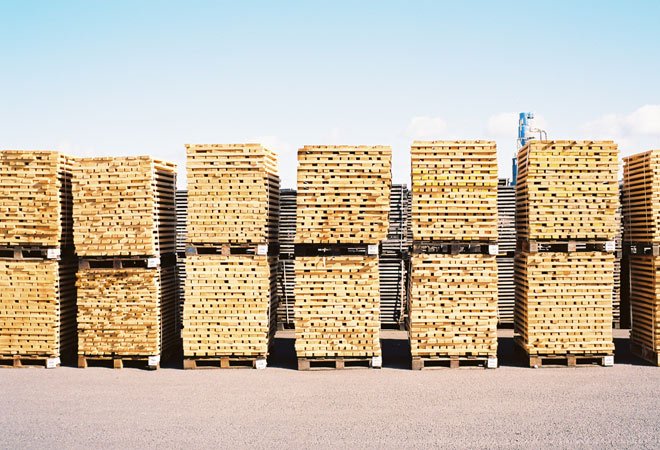
Not Just Any Oak
As with many brown liquors—bourbon, whisky, brandy, etc.—oak is the preferred wood for aging cognac. However, just like cognac grapes, the location of the oak trees is essential. Cognac companies search long and hard for the perfect oak, and each company uses different grain woods from different regions of France, including Argonne, Bourgogne, Allier, Troncais, Nevers, and more. Each region’s oak trees grow differently, varying in hardness or softness, porousness, flavor profiles, and more.
Rémy only uses oak from the French region of Limousin. Oak from Limousin is medium and large grain, which means it’s more porous than other popular French cask oaks. It offers a pronounced flavor profile that’s heavy on vanilla and rich in tannin, which helps in the maturation process and gives Rémy Martin’s cognac its distinct flavors.
Respecting The Process
Once the right trees are sourced, the job isn’t done. Rémy Martin takes their wood and ages it for two whole years.
Sandra Trichet, a guide from Seguin Moreau, the company who produces all of Rémy Martin’s carefully crafted casks, took us on a tour through a small part of their six-hectare facility, where we saw rows and rows of aging lumber.
As we walked through the lumberyard, Trichet explained that even after the oak is selected, it goes through rigorous testing before it’s actually used. Woodchip samples are tested to make sure there are no hazardous molds or other batch ruining bacteria.
If the wood passes the tests, it’s cut into planks, stacked onto pallets, and placed in the yard. For the first 45 days the wood is watered for 45 minutes, every two hours. After that, it is left to the elements. It sees all the seasons of cognac—summer, fall, winter, and spring. Trichet told us the maturation of the lumber in Cognac, the place, is critical, because the climate there is perfect.
After the aging process, the wood is then sanded down and crafted into the barrels that will store the cognac for the next few decades (yes, decades). A team under the supervision of Seguin Moreau’s master coopers manufactures the barrels according to detailed specifications set forth by Rémy Martin.
Unlike bourbon and whisky, whose barrels are often heavily charred before being filled, cognac barrels are only slightly roasted. The light roast helps bring out the natural vanilla and spicy flavors from the Limousin oak, which complements perfectly the naturally sweeter flavors of the eau de vie.
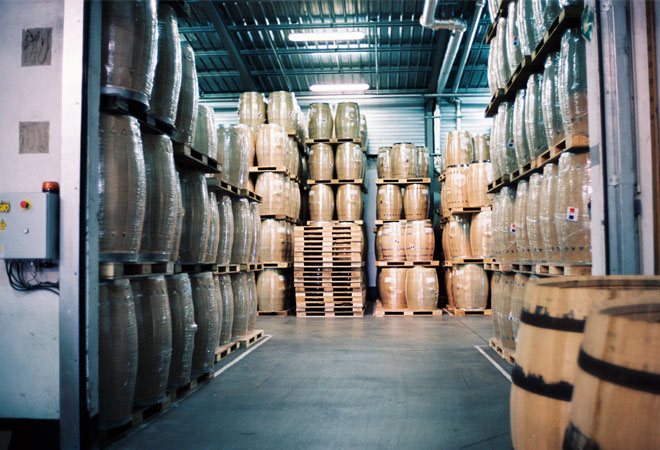
Getting Better With Age
Once the barrels are made, they’re filled with the eau de vie, and placed in storage. For Rémy, that includes 29 different cellars, each averaging 6,000 barrels. In these cellars they’ll remain for anywhere from 40 to over 100 years, where they’ll age to the tradition of the house. What makes slow aging so important is that not only does it give the cognac time to blend with the wood, but the Limousin oak’s porousness allows the cognac room to breathe and react with the air inside each individual cellar—a critical part of the process whose importance can’t be stressed enough.
You’d think that the cellars would have been modernized and updated with all the emerging tech over the last couple of decades—precision climate control to ensure optimal air quality at all times, more updated filtration system for “purer” cognac, more scientific blending formulas, etc. While they do take digital measurements of how much liquor has evaporated from the barrels (a term endearingly labeled “The Angels Share”) for taxation purposes, and while they do have thermometers and hygrometers to, the facility is as traditional as the modern world allows. And that’s the way Rémy Martin prefers it to be. We can’t speak for other companies (because we didn’t get down inside their cellars), but at Rémy, the casks are still stored on raw earth.
Baptiste Loiseau, Remy Martin’s famed Cellar Master, told us that the brand’s widespread growth and popularity over its 300-year history is a true testament to their process. In short, if it ain’t broke, they don’t intend on fixing it.
Loiseau explained that because the wood is porous and naturally reacts with the air in the cellar, it’s important for the cognac to experience seasonal changes—like becoming warmer and more humid in the summer, and cooler and dryer in the winter—because that’s the way things have always been done.
Throughout the aging process, eau de vies may be transferred to different casks of different ages or even blended with other eau de vis at different maturation points, but at the end of the day, one thing remains certain: Without a good barrel, it’s all just fancy French moonshine.

